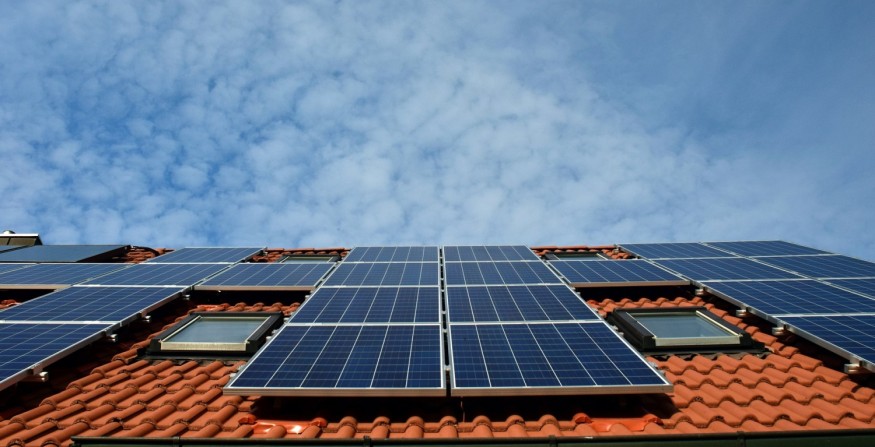
A new report found that around 143 counties worldwide could 100 percent ditch fossil fuels in favor of sustainable energy by 2050 while saving more than 60,000 people from air pollution-related death.
The hefty price worth $73 trillion, according to a team of researchers at Stanford University, is a cost well worth paying. Worldwide energy consumption reduces by 57 percent while simultaneously creating almost 30 million jobs worldwide if every nation could achieve this feature.
The report, published in the journal One Earth, presented a trove of new data and looked at a situation where more than 100 nations made the switch compared to a business as usual model.
Researchers discovered that energy demands, on a global scale, would be reduced. The switch, according to the study, would also lessen costs on energy, health, and climate by 91 percent.
"There are [many nations committed] to doing something to [prevent] the growing impacts of global warming, but they still don't know what to do," Mark Jacobson of Stanford University pointed out.
Jacobson, who serves as the study lead author, said most policymakers and advocates defending and promoting the Green New Deal doesn't have a good idea of the features of what the concrete system looks like or what the impact of a transition is.
The roadmaps called for enhanced energy efficiency and the electrification of every energy sector. The blueprint also finds it is technically feasible for countries to obtain 80 percent of their demands from hydroelectricity, wind, and solar energy by 2030, and 100 percent by 2050. The report excluded clean coal, biofuels, and nuclear power.
Efficiency gains through investing in hydrogen fuel cells and electric heat pumps, while moving away from fossil fuels would make a huge impact, according to researchers.
The researchers acknowledged that their road maps might seem "daunting." Many people expressed their concern over the need for more solar farms and wind turbines would ruin the natural countryside.
Jacobson told Bloomberg News there is "no downside" to making the transition. The explanation, Jacobson said, would hopefully alleviate some of the peoples' fears.
The study clarified that the project would only need 0.17 percent of the 143 countries' total land area for new infrastructure and less than a half percent of the land will be taken up.
Jacobson explained that "electrifying everything" with clean and renewable energy would reduce power demand by approximately 57 percent. "The [amount] that people [would totally] pay for energy [would be] 61 percent [lesser]," Jacobson added.
The lead author said they would "mitigate health and climate change" before accounting for the social costs. Jacobson said social costs would be reduced by 91 percent and social expenses by 60 percent.
The Green New Deal, according to Jacobson, would take up a total of 1.08 percent of US land with over 85 percent of that land used for spacing between wind turbines.
The plan would create approximately 3.1 million more US jobs compared to the business-as-usual case. It would also reduce energy, health, and climate costs 1.3, 0.7, and 3.1 trillion dollars a year, respectively, compared with the current fossil fuel energy infrastructure.
© 2025 NatureWorldNews.com All rights reserved. Do not reproduce without permission.





